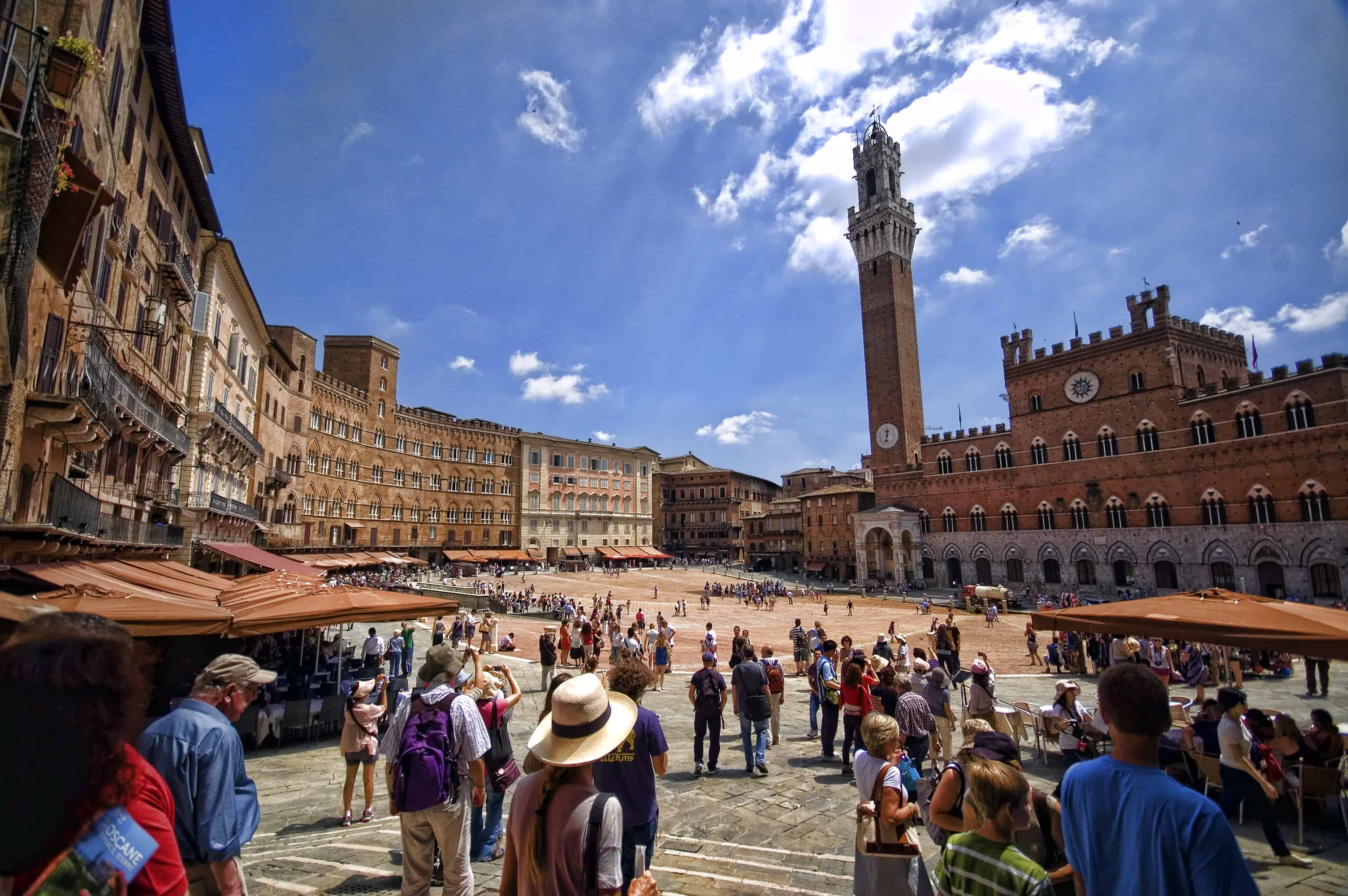The country has been the centre of major civilisations for centuries and each change has left a mark. A visit to Italy could include a walk through the long-dead city of Pompeii and a visit to ultra-modern Milan. Commerce, shopping, ancient ruins and flourishing businesses that have been in the same family for generations are just some of the experiences that await you. To enjoy the feeling of ancient Italy, visit some of these places that time seems to have skipped.
Sassi di Matera
 https://www.flickr.com/photos/basilicatatravel/
https://www.flickr.com/photos/basilicatatravel/
One of the most unusual cities you’ll visit anywhere, the “Stones of Matera” are cave dwellings that have been used since prehistoric times. The houses are dug into the rock and often the road for an upper level is just the roofs of the level below. In the 1950s many of the residents were relocated but some chose to remain, living in the houses their ancestors built 9000 years ago. As tourists discovered the city, many of the caves have become thriving business and there are even hotels built right into the rock. Many of the houses are uninhabited and open for people to walk through, making it clear that these were real homes with doors, windows and separate rooms.
Aosta
 https://www.flickr.com/photos/dgjones/
https://www.flickr.com/photos/dgjones/
The major city in the Aosta Valley is situated in the Alps and is bilingual due to the nearness of the French border. It was once an important Roman settlement and has retained much of the reinforced defenses that once protected the town. The ancient walls are almost complete, enclosinf aspace 725 m by 571 m. At their bas the walls are 2.75 m thick and rise to a height of 6.4 m. Six of the original 20 towers also remain and two of the gates. Wander around the central district to see most of the Roman ruins and step just outside of town to view the 2000-year-old triumphal Arch of Augustine. The Chiesa di Sant ‘Orso is both a delightful church to visit and part of a working monastery.
San Gimignano
 https://www.flickr.com/photos/thebaldwin/
https://www.flickr.com/photos/thebaldwin/
Siena has a number of walled towns and one of the cutest is San Gimignano. Inside the protective medieval walls there are about a dozen tower houses and buildings with a mix of Romanesque and Gothic architecture. The town grew up around a church that was built early in the 6th century and became a resting spot for Catholics on a religious pilgrimage to Rome. Half the town was wiped out during the Black Death of 1348, halting the expanse of the community and many of the houses were left to decay. As travellers recognized the preserved architecture inside the walls, tourist began to visit and the town was reborn. The Piazza della Cisterna surrounds the main well of the town and the buildings that surround the square show the changes in architectural styles through history.
Siena
 https://www.flickr.com/photos/vintzileos/
https://www.flickr.com/photos/vintzileos/
Not far from San Gimignano, Siena is very popular with tourists. The result of this is a well-protected, walled city with modern businesses occupying ancient buildings. The Siena Cathedral is a showpiece of mixed Romanesque-Gothic architecture and has an incredible octagonal pulpit supported by carved lions. Much of the art and sculpture in the church was done by 15th century masters and is almost like visiting a museum. The curved streets bordered by tall buildings offer a mix of restaurants, knick-knack shops and local businesses and you can combine window shopping with enjoying the interesting layout of the town. Take a break at one of the cafes around the Piazza del Campo for a few hours of great people-watching.
Civita di Bagnoregio
 https://www.flickr.com/photos/tylerdurdan/
https://www.flickr.com/photos/tylerdurdan/
More than 2,500 years ago Civita was founded by the Etruscans as a defensible, hilltop location. An earthquake in 1695 convinced the government of the already-decaying town to move to the suburb of Bagnoregio and the city was left to erode - literally, as the stone beneath the city fell away and house began to topple over the edge. A recently bridge leading up to the city has improved access and although the city is still dying, the few remaining residents have easier access to the rest of the region and mopeds can be used to bring supplies up the hill. A 1,500-year-old wine press in one restaurant was used until the 1960s and if you’re lucky you’ll get an invitation to peep into an ancient Etruscan cellar being used for aging cheese or making wine.


